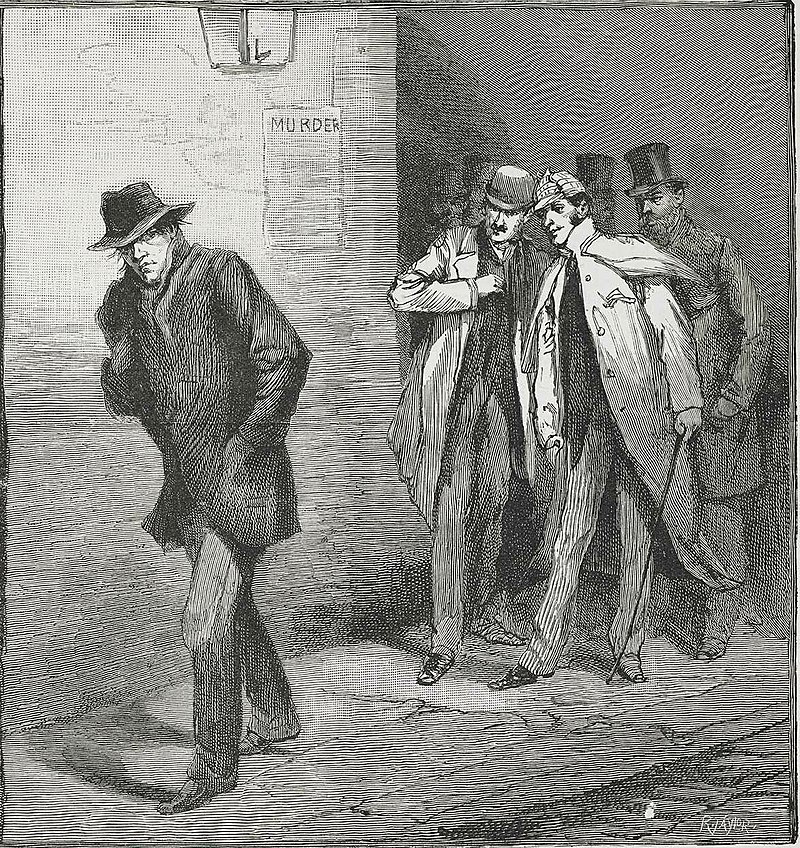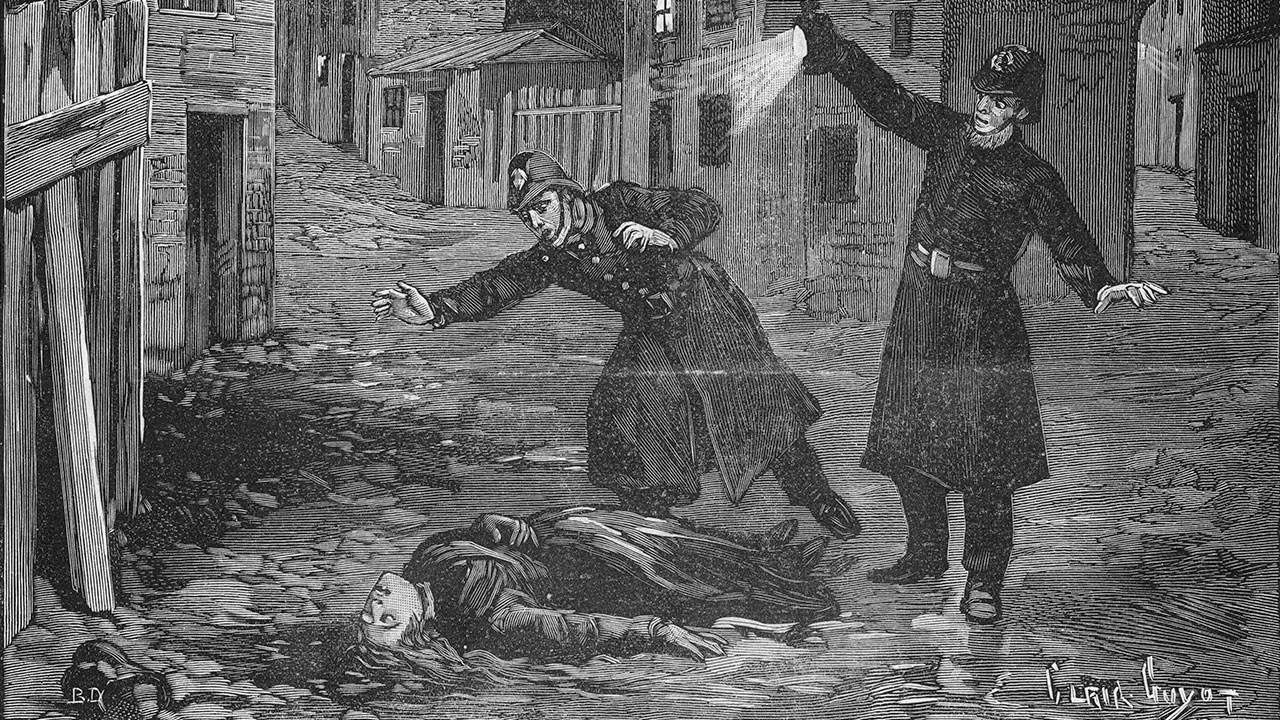The identity of Jack the Ripper, a notorious serial killer who terrorized the Whitechapel district of London in 1888, remains one of the greatest unsolved mysteries in criminal history. Jack the Ripper is believed to have been responsible for the brutal murders of at least five women, all prostitutes, between August and November 1888.
The killer’s precise identity has never been determined, and the case continues to captivate and horrify people to this day.
The Victims
The five canonical victims of Jack the Ripper were:
- Mary Ann Nichols (August 31, 1888)
- Annie Chapman (September 8, 1888)
- Elizabeth Stride (September 30, 1888)
- Catherine Eddowes (September 30, 1888)
- Mary Jane Kelly (November 9, 1888)
All of the victims were found in impoverished areas of Whitechapel, and their bodies bore the marks of extreme violence. Their throats were cut, and their abdomens were mutilated, often with surgical precision. The killer also removed internal organs from some of the victims.

The Investigation
The Whitechapel murders sent shockwaves through Victorian London, and the police launched a massive investigation. However, despite their efforts, they were unable to identify or apprehend the killer. The lack of a suspect and the gruesome nature of the crimes led to widespread panic and fear in the city.
The Letters
During the time of the murders, the police received a number of letters from individuals claiming to be the killer. One of these letters, known as the “Dear Boss” letter, gave the unknown killer the name “Jack the Ripper.” The letter was postmarked on September 27, 1888, and it contained details of the murders that were not yet known to the public. This led to speculation that the letter was written by the killer himself, and it further fueled the public’s fascination with the case.
The Suspects
Over the years, there have been numerous theories about the identity of Jack the Ripper, and hundreds of suspects have been named. Some of the most well-known suspects include:
- Aaron Kosminski: A Polish immigrant with a history of mental illness.
- Montague John Druitt: A barrister and teacher with an interest in surgery.
- Francis Tumblety: An American-born quack doctor.
- Joseph Silverthorne: A butcher and abattoir worker.
- Walter Sickert: A renowned impressionist painter.
However, despite the many theories and suspects, no definitive evidence has ever been found to identify Jack the Ripper. The case remains one of the most enduring mysteries in criminal history.
Legacy
The Jack the Ripper murders have had a profound impact on popular culture. The killer’s name has become synonymous with horror and macabre fascination, and he has been featured in countless books, films, and television shows. The case continues to inspire new theories and investigations, and it is likely to remain a source of fascination for many years to come.
Several factors contribute to the mystery behind Jack the Ripper:
- Unknown Identity: The killer’s identity has never been conclusively determined. Despite numerous suspects and theories, the true identity of Jack the Ripper remains elusive. Many suspects were proposed, ranging from local butchers to members of the royal family, but none were definitively proven to be the killer.
- Limited Forensic Technology: The investigation into the Jack the Ripper murders took place during a time when forensic technology was in its infancy. The lack of advanced forensic tools and investigative techniques hindered the ability of investigators to gather and analyze evidence effectively.
- Lack of Reliable Witnesses: The crimes occurred in impoverished and crowded neighborhoods, and potential witnesses often had limited information to provide. Additionally, fear and distrust in the community may have deterred some individuals from coming forward with valuable information.
- Media Sensationalism: The case received widespread media coverage, contributing to sensationalism and misinformation. Reports and theories circulated rapidly, and some sensationalized details may have obscured the actual facts of the case.
- Destroyed Evidence: Some evidence from the crime scenes was either lost or not properly preserved, further complicating efforts to solve the case. The methods and practices of crime scene investigation were not as advanced as they are today.
- Possible Multiple Killers: Some researchers suggest that the series of murders attributed to Jack the Ripper may have been committed by more than one person. This could explain variations in the victims’ injuries and the modus operandi.

Numerous books, documentaries, and theories have attempted to unravel the mystery, with each proposing a different suspect or explanation. However, despite ongoing interest and speculation, Jack the Ripper’s identity remains a mystery, and the case continues to captivate the public’s imagination.




